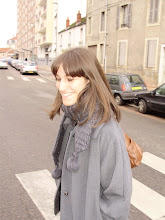
Duchamp's final major art work surprised the art world that believed he had given up art for chess 25 years earlier. Entitled Etant donnés: 1° la chute d'eau / 2° le gaz d'éclairage ("Given: 1. The Waterfall, 2. The Illuminating Gas"), it is a tableau, visible only through a peep hole in a wooden door.A nude woman can be seen lying on her back with her face hidden, legs spread, and one hand holding a gas lamp in the air against a landscape backdrop.
Duchamp had worked secretly on the piece from 1946 to 1966 in his Greenwich Village studio while even his closest friends thought he had abandoned art.



